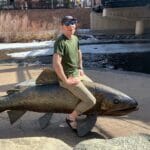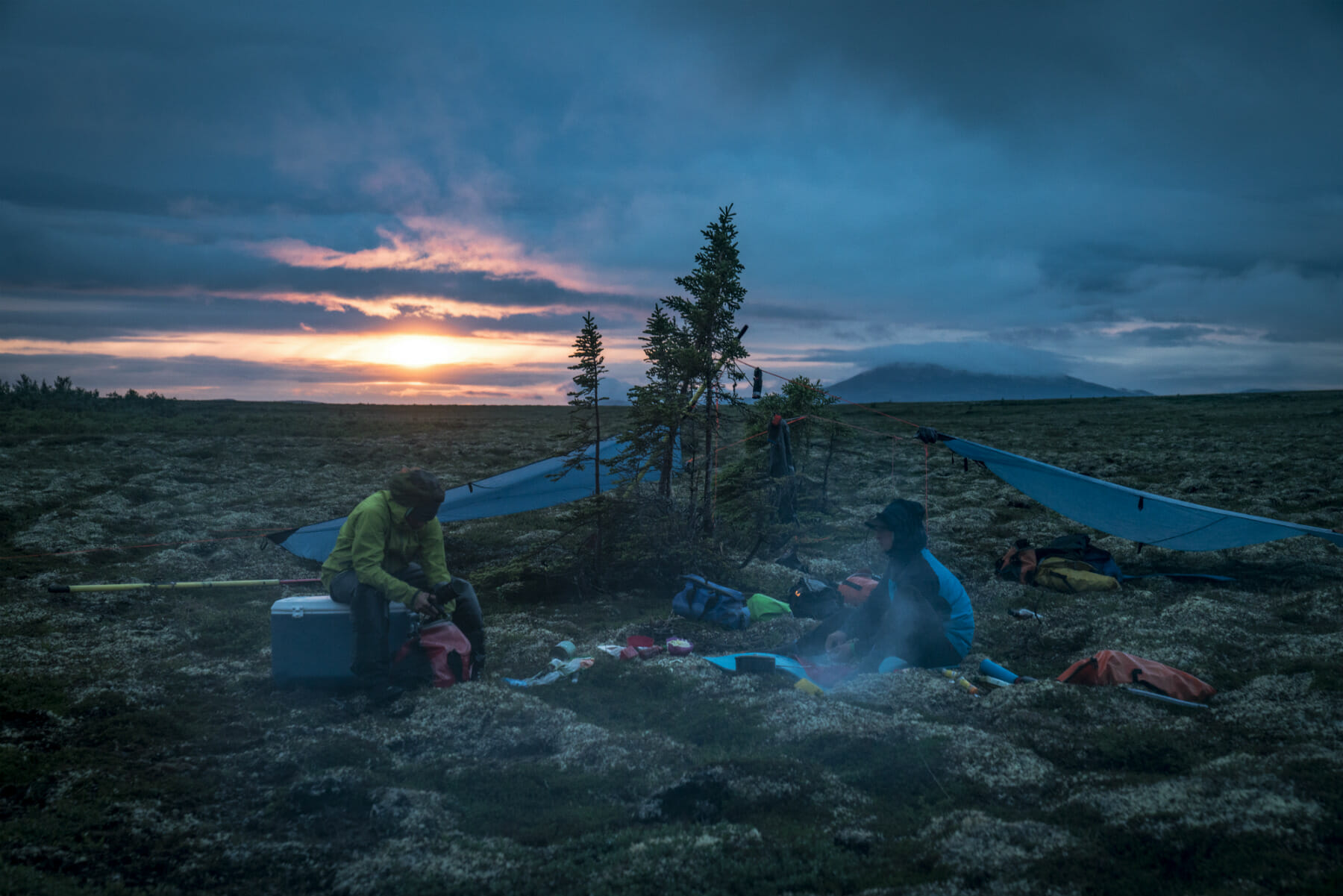All photos courtesy of Brendan Wells and Eric Parker
In the face of the proposed Pebble Mine, Trout Unlimited and other groups representing sportsmen, commercial fishing, and Alaska Native Tribes have been sharing stories for more than a decade of the pristine wilderness, intact ecosystems of the Bristol Bay region and their critical importance to a thriving economy built on the backs of a resilient, yet fragile, renewable resource: wild Pacific salmon.
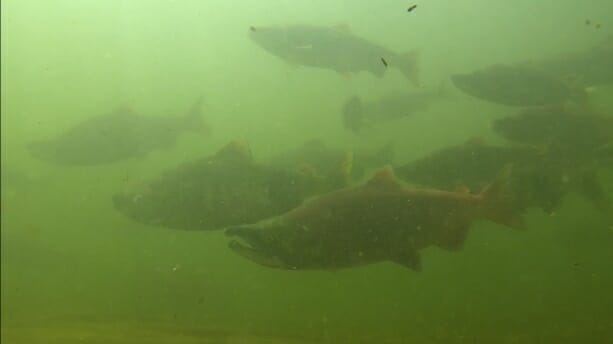
Along the western U.S. coast, Pacific wild salmon runs have been decimated by habitat degradation and loss, urbanization, overfishing and irresponsible development. Throughout their native range, Pacific wild salmon have been driven to impairment and extinction, and in many areas only exist as a result of hatchery influence.
This is not the case in Bristol Bay. Bristol Bay is home to the largest remaining population of wild sockeye salmon, which has broken records the past two years and provides half of the world’s sockeye salmon. Meanwhile, throughout the state of Alaska and beyond, we have witnessed in recent years returning numbers and size of Chinook, the largest and most iconic salmon, have declined. Again, the Bristol Bay region stands as the lone exception and its Nushagak River is home to Alaska’s largest run of Chinook salmon, which continue to return in strong numbers.
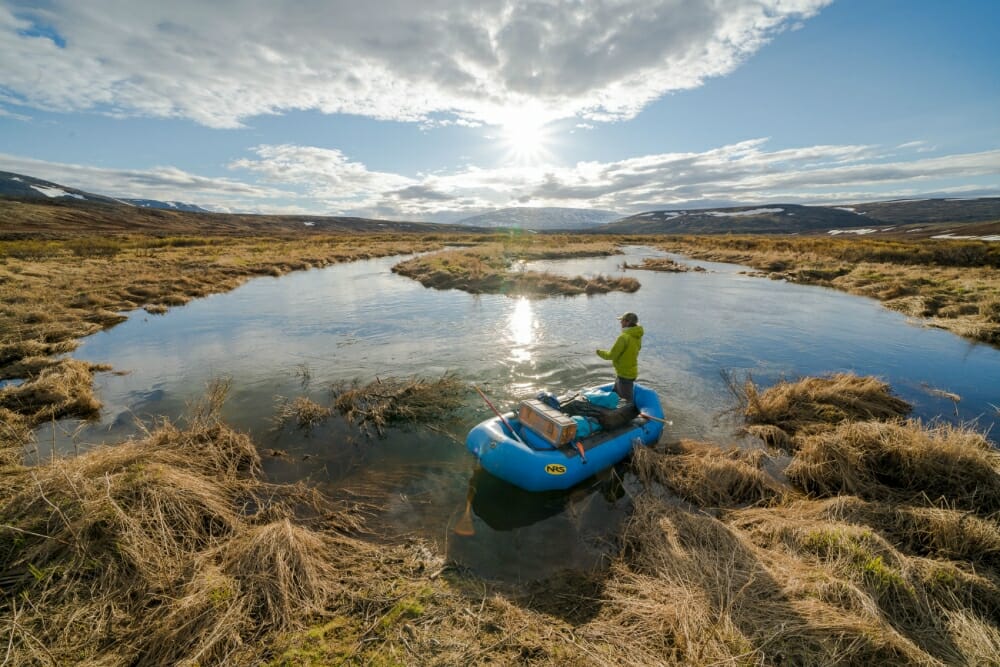
Bristol Bay is remote, a characteristic that is integral to its wild identity, but poses challenges for sharing just how special of a place this is to hunters, anglers, and wilderness enthusiasts. With plans in phase one alone to remove 80-plus miles of salmon streams, build nearly 100 miles of private roads, powerplants, pipelines, ports and more, the proposed Pebble Mine threatens the qualities of Bristol Bay that allow sustainable industries to thrive, and attract thousands of tourists from around the world. Still, due to its remoteness, unfortunately most Alaskans and Americans will never see with their own two eyes a wilderness the world may very well lose.
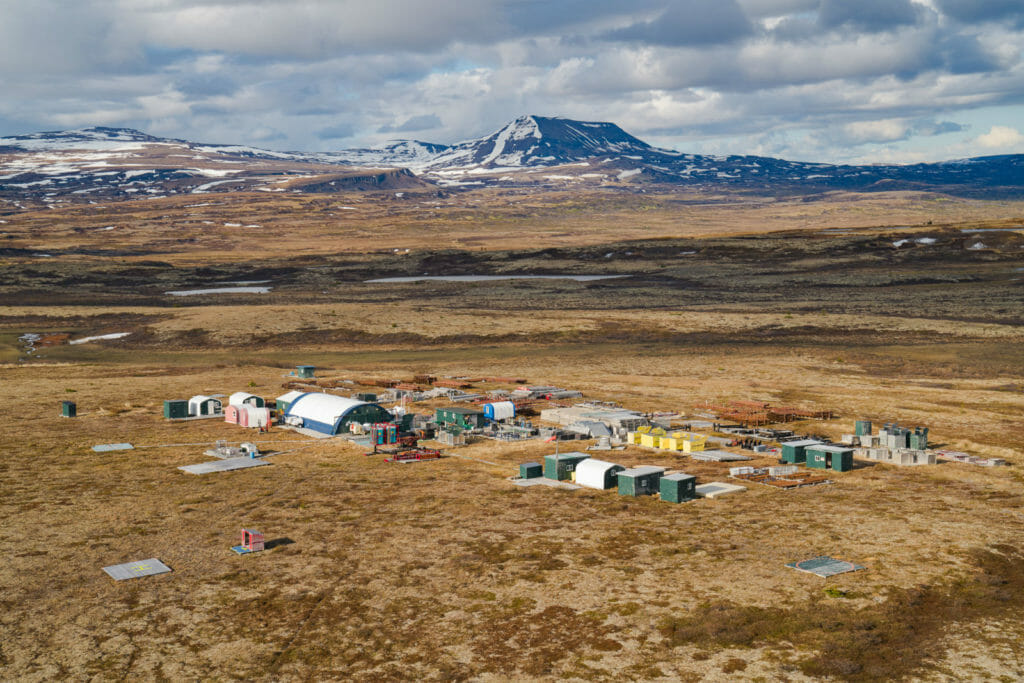
Fortunately, last summer native Alaskan, Branden Wells, embarked on a journey with help from NRS to float, fish, and explore the North and South forks of the Koktuli River with a group of buddies to capture and share the area with the world.
The Koktuli rivers are in the upper reaches of the Nushagak River and could be subject to an unruly regimen of water withdrawals and discharges to support mining operations at the Pebble Mine site and be left with the eternal threat of a toxic tailings dam breach that would obliterate the downstream ecosystem. Simply put, the rivers you will see in Koktuli Wild are ground zero for impacts from the Pebble Mine if it were to go through.
With the Pebble Mine being fast-tracked through a disappointingly weak permitting process, Brendan’s expedition and film could not have come at a better time. The team at Trout Unlimited Alaska deems it a worthy watch.
Watch Koktuli Wild, see for yourself that Pebble is the wrong mine in the wrong place, submit your comment to the Army Corps of Engineers before July 1, 2019 urging them to not permit this irresponsible project, and lastly, share this exceptional film with your friends.
The Koktuli and Nushagak rivers — and other similarly wild places and fishes – needs your voice now.


